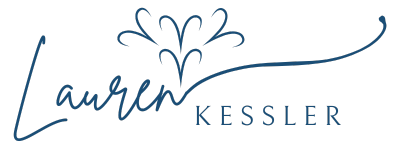How old are you, really?
 When you tell someone how old you are, are you counting from the year of your birth?
When you tell someone how old you are, are you counting from the year of your birth?
Then you’re lying about your age!
As I’ve mentioned in a previous post, in just about every interview I’ve given and, of course, in my book, Counterclockwise: Your birth date is not your age. Or, rather, your birth date is merely your chronological age, which, after 40, is an increasingly useless, misleading and more often than not downright erroneous number. Your true age, the age that will affect your health, energy, vitality, longevity – you name it -- is your biological age, the age of your body.
It’s easy to identify (and identify with) chronological age. We celebrate chronological age every year with parties and presents and candles on a cake. Not to mention "you're over the hill" birthday cards that are supposed to be funny. And aren’t. We group ourselves (or are summarily grouped according to) our chronological age. But is chronological age a useful, truthful way of looking at how old we are?
No, according to those who study the aging process. What we want is to determine our biological age. And then, my dear counterclockwise readers, we want to turn back that biological clock.
For this and the next several posts I’m going to explore and explain BIOMARKERS, the quantifiable sign posts of biological age, statistical snapshots based on solid research that can help us figure out how old we are inside. Common biomarkers include resting heart rate, blood pressure, cholesterol level, lean-to-fat ratio, aerobic capacity, strength, flexibility. You get the idea.
Here’s the logic of biomarkers: If population studies show that a particular biomarker tends to go up (say, cholesterol) or down (say, muscle strength) with chronological age, then determining your own biomarker and stacking it up against this research will give us a sense of our true age. So a by-birth-certificate 50 year old with biomarkers consistent with a by-birth-certificate 40 year old is, biologically speaking, closer to being 40 than 50.
Let’s start with one of the easiest biomarkers to determine: resting heart rate. The lower it is (within reason), the fitter you are. (Some medications lower the heart rate. This doesn’t count.) The fitter you are, the younger you are biologically. A slow resting heart rate is usually due to the heart getting bigger and stronger with exercise, and thus more efficient at pumping blood around the body. The more blood pumped with each beat, the fewer beats per minute.
What’s your resting heart rate and what does that number mean? Simple.
Take your pulse first thing in the morning, while lying in bed. I am a fan of the under-the-jaw pulse. I can never seem to find and hold onto my wrist pulse. But whatever works for you is fine. Count the beat for 30 seconds (then double it). It’s a good idea to do this several mornings and take an average. Here is a chart that matches that number with various fitness levels at different chronological ages.. Now you are one step down the path of determining your bio age.
Next week: Blood pressure as a biomarker.
